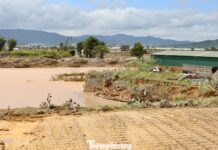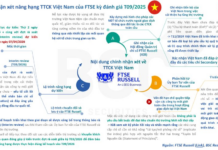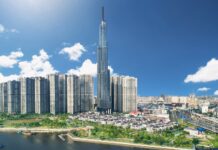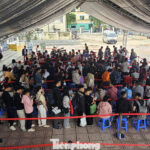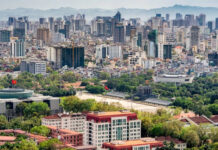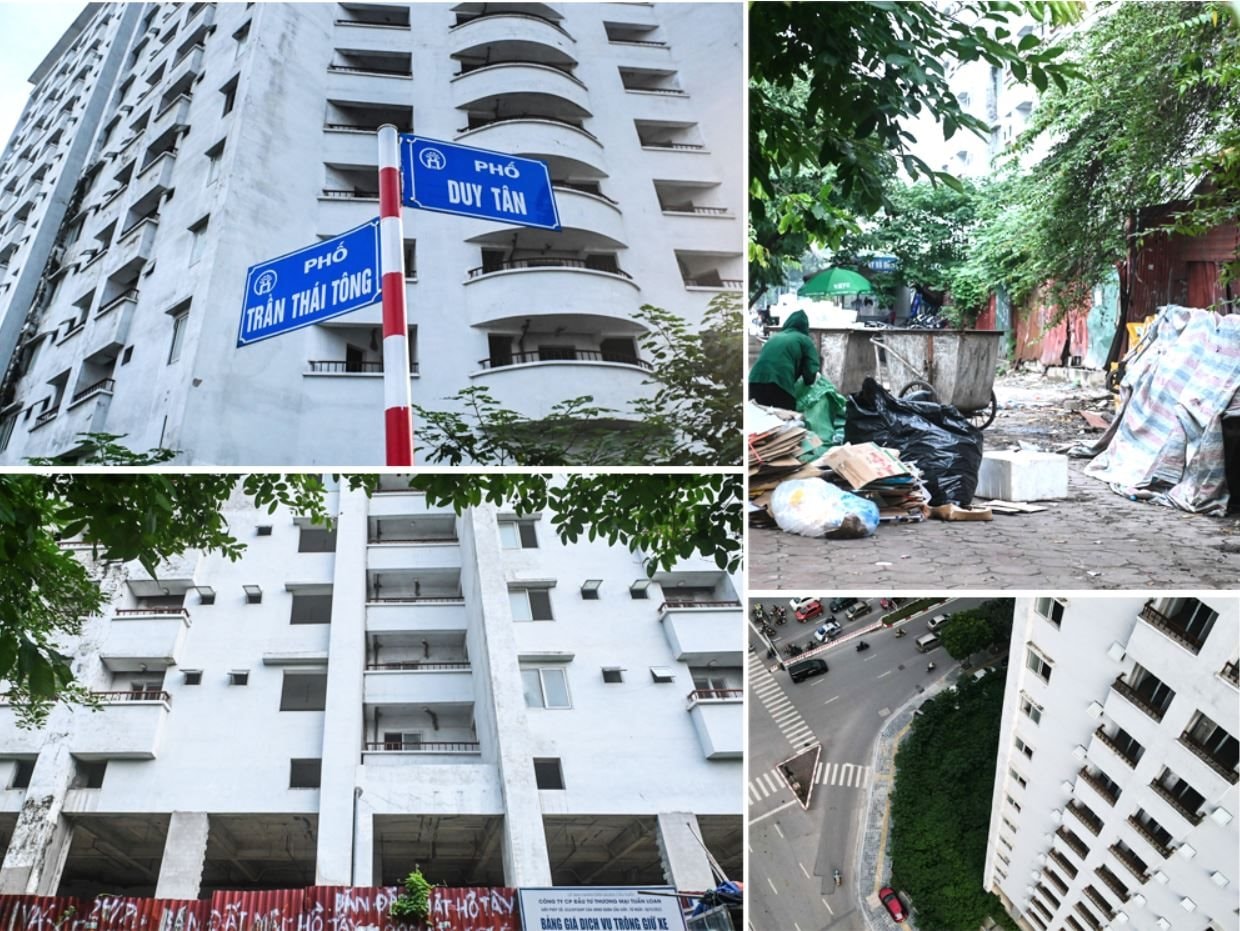
The N01 – D17 resettlement housing project, located at 1 Duy Tan (Cau Giay), with an investment of 223 billion VND, began construction in 2010 and was expected to be completed by 2013. After 15 years, the project remains unfinished and abandoned.
Sluggish Progress in Social Housing
The Department of Construction in Ho Chi Minh City reports that despite approving 17 projects with nearly 14,000 units in 2025, progress remains slow. Many projects are delayed due to legal issues, planning changes, or pending procedures. Even completed projects, like the Phu Tho DMC social housing in District 10, cannot be launched due to legal hurdles. Other projects, such as Le Thanh – Tan Kien (Binh Chanh) and Dragon E-Home, face halted construction, awaiting investment procedure resolutions.
In Hanoi, between 2025-2030, the Prime Minister mandated the completion of over 44,860 units, with 4,670 units for 2025. To date, Hanoi has five projects ready to supply 4,635 units, achieving 94% of the 2025 target.
Additionally, six projects are under construction, offering over 4,460 units, and two others have been assigned developers, adding nearly 2,170 units. By late 2025, several social housing projects, including Kim Chung New Urban Area and Ha Dinh, began accepting purchase applications.
From 2021 to 2025, Hanoi completed one social housing project with approximately 1,340 units and has five projects ready to supply around 4,635 units. Combined with the 11,334 units from 2021-2024, the total supply for 2021-2025 reaches 17,309 units across 16 projects.
According to the national housing development plan, Hanoi aims to complete 56,200 social housing units by 2030, with 37,500 units targeted for 2026-2030.
Abandoned Resettlement Housing
Ho Chi Minh City reports tens of thousands of abandoned resettlement units, despite the urgent need for social housing. Areas like Vinh Loc B in Binh Chanh and Thu Thiem have up to 90% vacant units for years, wasting public resources. Poor infrastructure, limited connectivity, and inadequate living conditions deter residents from moving in. Additionally, rapid deterioration due to lack of maintenance further discourages occupancy.
Statistics show nearly 9,000 vacant resettlement units in Ho Chi Minh City, including over 5,300 in Binh Khanh (Thu Duc) and 2,000 in Vinh Loc B (Binh Chanh).
In Hanoi, the Phap Van – Tu Hiep student housing project, started in 2009 with a 1.9 trillion VND investment, includes six 19-story buildings designed for 22,000 students. However, only three buildings (A1, A5, A6) are in use, with low occupancy rates, leading to significant waste.
Hanoi has 174 resettlement housing areas with over 14,200 units, of which approximately 4,000 are vacant. This long-standing issue persists despite high housing demand.
Repurposing to Address Social Housing Shortages
Le Hoang Chau, Chairman of the Ho Chi Minh City Real Estate Association, has advocated for converting abandoned resettlement housing into social housing to utilize existing resources and reduce new construction costs. Since 2014, the city’s leadership has proposed converting Vinh Loc B, but implementation remains pending.
Tran Khanh Quang, a real estate expert, emphasizes that repurposing resettlement housing is a viable solution, enabling immediate use of vacant units while reducing public asset maintenance costs.
Architect Tran Huy Anh, a member of the Hanoi Architects Association, suggests upgrading and market-managing low-quality resettlement housing to ensure efficiency and prevent rapid deterioration.
According to Tran Ngoc Minh, Head of Housing and Real Estate Market Management at Hanoi’s Department of Construction, existing resettlement units are largely allocated to projects. Hanoi plans to purchase commercial and social housing units for resettlement instead of building new ones. “We need about 5,000 units in the coming period and aim to utilize existing housing flexibly,” Minh stated.
Dr. Dang Viet Dung, Chairman of the Vietnam Construction Association, stresses that converting resettlement housing to social housing is a sound approach but requires scientific planning and transparent management. He recommends assessing each project’s condition, functionality, and location. Compatible projects can be quickly repurposed, while others may need renovation or temporary use.
Dr. Dung suggests leasing as the optimal solution, allowing the government to retain control, prevent asset loss, and meet low-income housing needs. “Social housing should be leased through transparent public bidding to ensure efficiency,” he proposes. Architect Tran Huy Anh advocates treating resettlement housing as marketable assets, with public listings detailing location, condition, value, and quality. This enables capable entities to bid for management, leasing, or renovation.
Overnight Queues for Social Housing: Experts Propose Digital Solutions
According to experts, the issue of thousands lining up to submit applications for social housing can be effectively addressed through digital tools.
Establishing a National Housing Fund at Central and Local Levels: Lease-Only, No Sale
The National Housing Fund is set to invest in the development of affordable social housing and essential socio-technical infrastructure, all available for lease.

